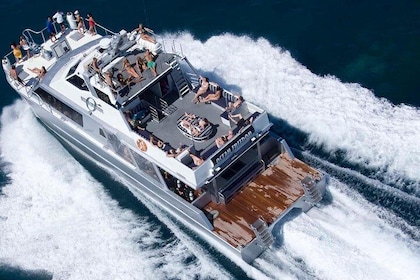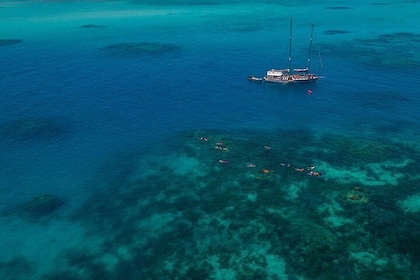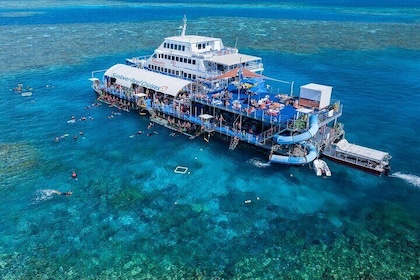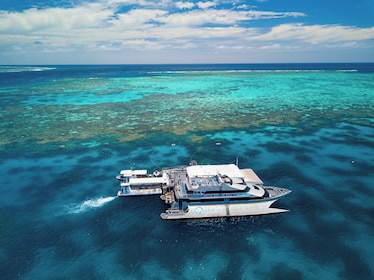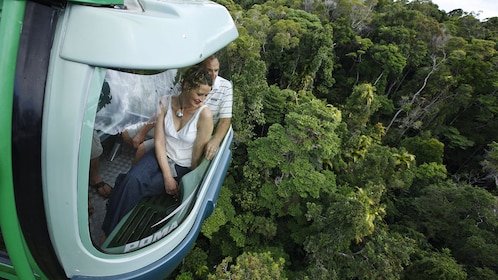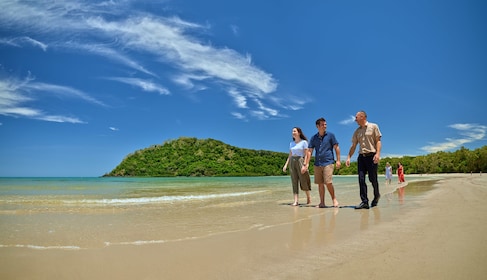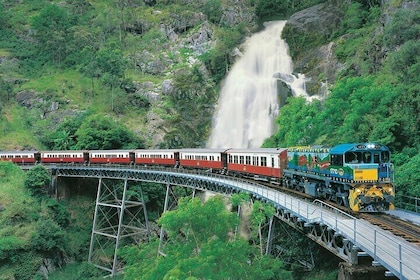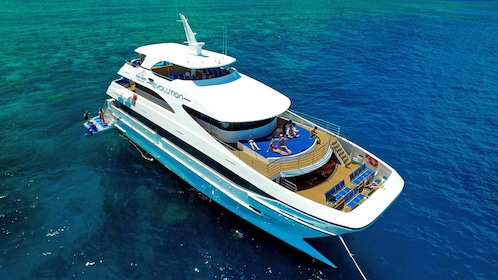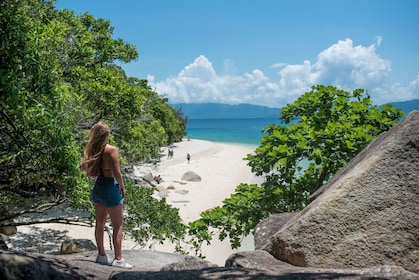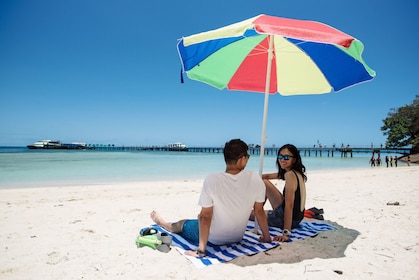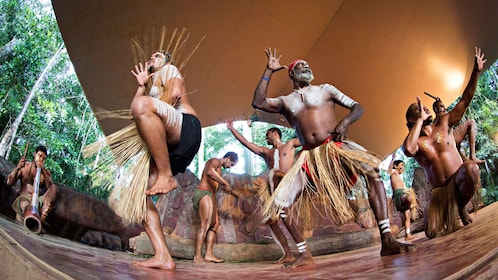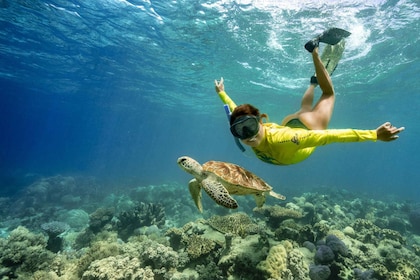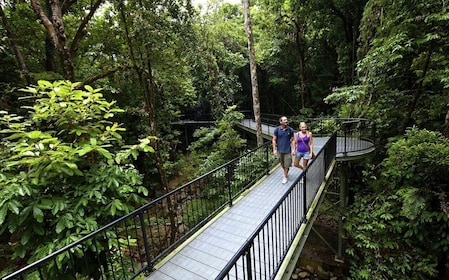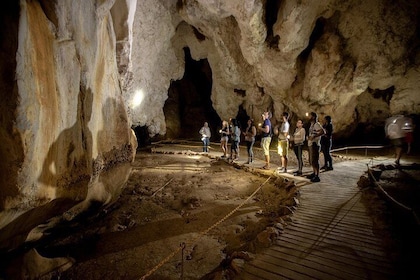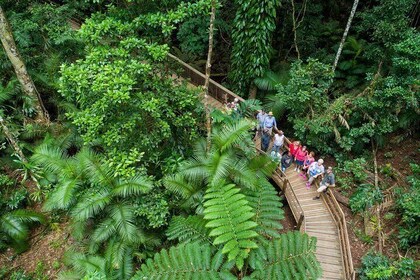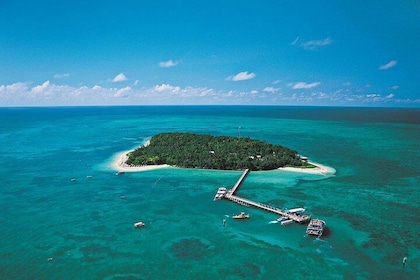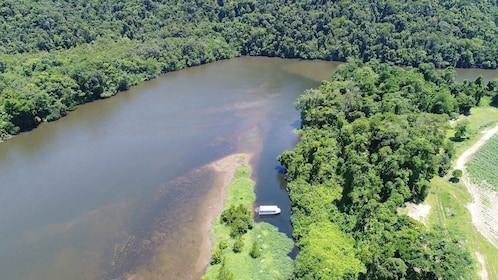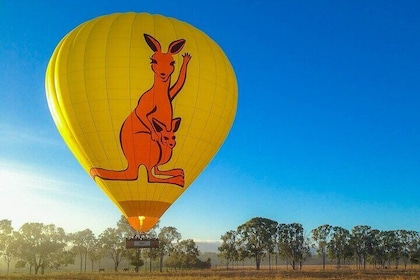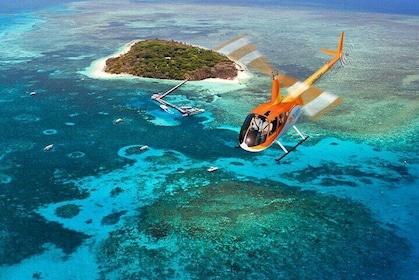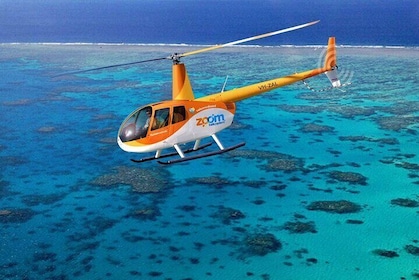Barron Gorge National Park in the Wet Tropics World Heritage Area is renowned for its lush tropical rain forest, its biological diversity and evolutionary history. It’s also an important place for the Djabugay Aboriginal people, who have inhabited the mountains and forests of the national park for thousands of years.
The Barron Gorge National Park was formed under the sea 400 million years ago, when Australia was part of the super-continent Gondwana. Today the area is characterized by the rugged gorge that runs through the centre of the park. Waterfalls, rain forest and mountains are all part of the scenic beauty.
The best way to enjoy the park it is to take a walk on one of the many hiking trails. Originally developed by the Djabugay Aboriginal people for hunting and gathering food, these trails were also used by European settlers to cross the hinterland. Today they are signposted and cater to all fitness levels. Walk for 15 minutes or ten hours. Be sure to tread quietly so you can get a glimpse of the native animals that inhabit the national park. Watch out for cassowaries, possums and kangaroos.
See the gorge from above on the Skyrail Rainforest Cableway. The cableway stops at the gorge, and it’s just a short walk from the Skyrail station to three different lookouts that offer views across the national park. Gaze out at a 870 foot (265-meter) waterfall.
Barron Falls is at its best during the wet season December to March, however, the park is accessible year-round. Be aware that estuarine crocodiles live in the lower part of the park, so check the Queensland National Parks website for tips on how to be “crocwise in croc country”.
Camping is not permitted in the park but there is a camping area by the park's western boundary. You can also find accommodation in and around Kuranda, Mareeba and Cairns.
Barron Gorge is 11 miles (18 kilometers) northwest of Cairns along the Captain Cook Highway. Drive or take the Kuranda Scenic Railway, which runs between Cairns and Kuranda. Free parking is available








